Summer is generally a vacation time. As interest in the Arctic is growing, so is Greenland bound to experience an increasing amount of tourists. There is hope for substantial growth of tourism in Greenland. Enough to mention that the Greenlandic government has decided to build three international airports for large passenger jets. Currently even to the capital Nuuk on the West Coast one can only fly in small propeller-driven planes. Nevertheless more adventurous tourists choose to visit Greenland, despite that it’s not easy to get there (to East Greenland even more so) and relatively expensive, and there is still limited infrastructure of European standards for tourists.
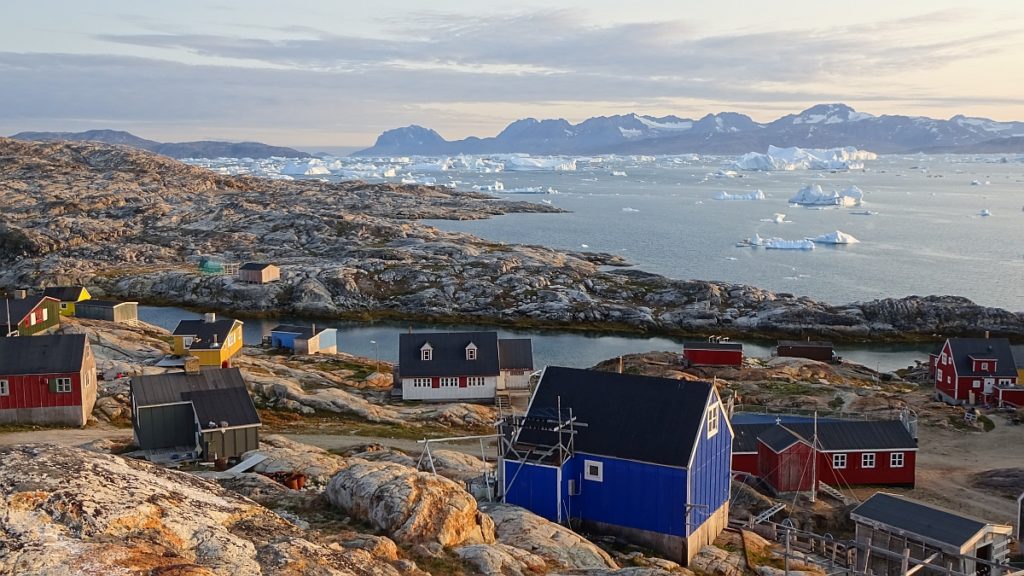
What impact tourism is going to have on a settlement like Tiilerilaaq? The first impression one gets of the settlement is the colourful timber houses which dot the raw landscape amid amazing scenery. In a village of only about 70 inhabitants, any visitor, whether a group or just one tourist, will immediately stand out. On a nice day there might be several groups of visitors coming and going with a boat. Such visits take about an hour, sometimes longer. Cameras click click click and photos are taken of all and everything. The visitors are curious to see the natives, treating also dogs as objects of curiosity, as well as anything else. Nobody can’t be blamed, the scenery is truly spectacular. Sometimes there are even tourists staying a few days in the village. Accommodation can be arranged on request, there are a few houses that can be rented. These more unconventional tourists look for more than jaw-dropping captures. They may purposely be looking for a quiet place to escape the hectic of civilization and they don’t mind spending some days without access to internet. Or they might even engage with the locals, whether it’s playing football with the local kids or other activities. A few are known to have been visiting this settlement regularly over the years.
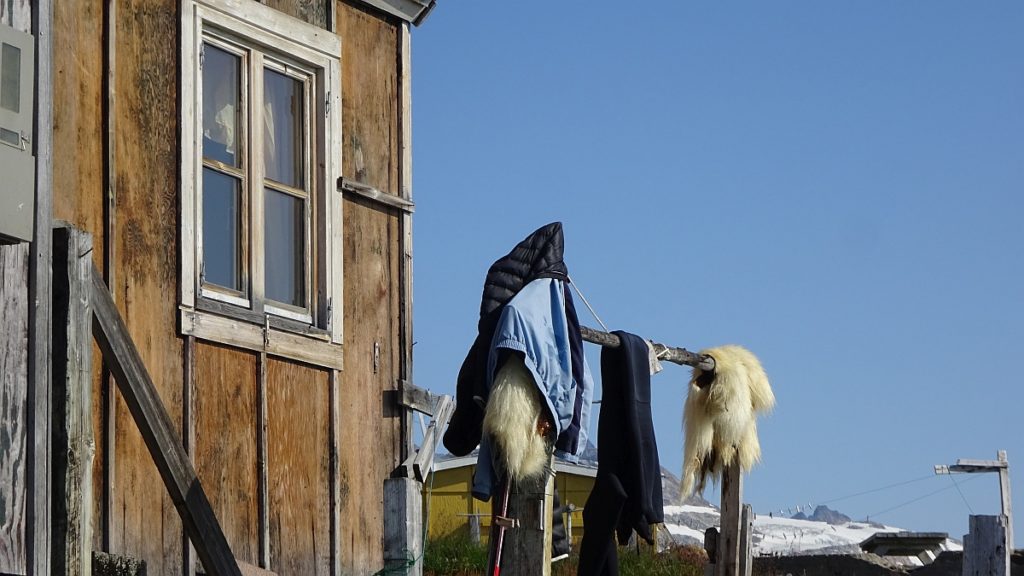
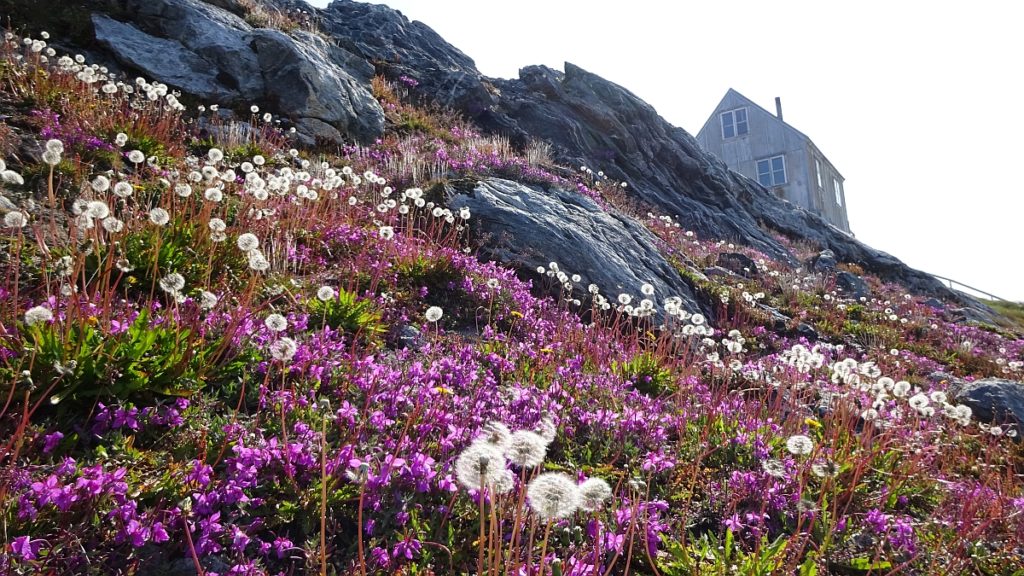
There is not really a fixed definition of what a settlement is and how many inhabitants it should have. Settlements with a population of less than 50 are at the risk of being “closed” and the services discontinued. Usually settlements are far from everything else, there are no roads in or out, no commuting to work, you can walk from one end to the other in a matter of minutes, there is no piped water supplies in the houses. You are in the middle of grand nature, with occasional sounds of howling dogs or cracking icebergs, and just some meters away you can experience complete silence.. I love this silence especially at hours of golden light. This isolated village lives according to its rhythms and traditions of an earlier time, when hunters were heroes, day by day and year by year. When visitors learned in response to their question, that Tiilerilaaq is inhabited the whole year round, in the harsh climate and in winter, some were genuinely surprised.
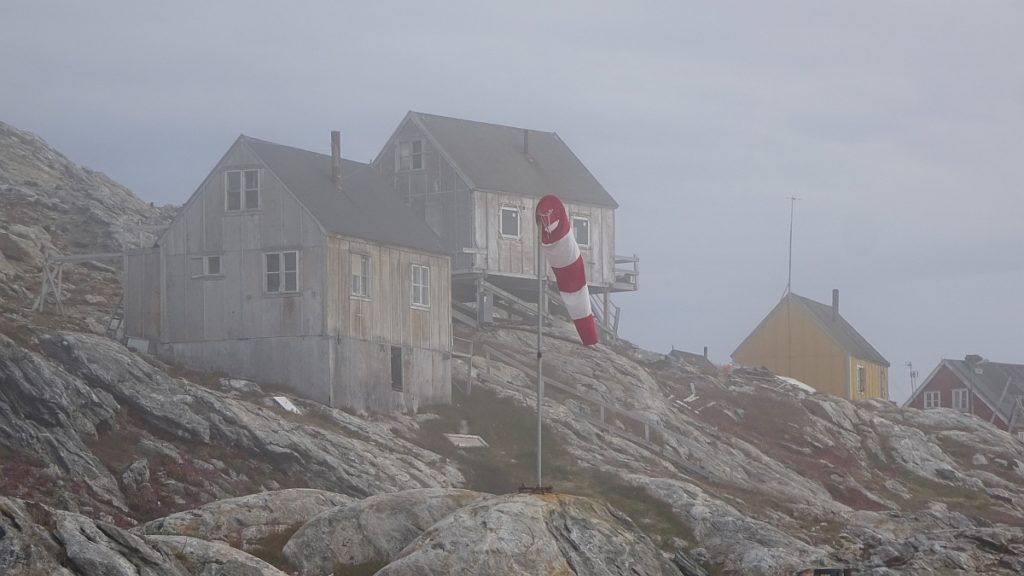
It is no secret that the traditional ways of life are changing. Seal hunt is no longer enough to support a family. There are many local challenges, alcohol abuse (on a settlement it’s only beer that can be bought) and teenage suicides. Brutal shock of civilization, children whose grandparents were born in turf houses, play with mobile phones and watch TV today. There is an awareness that village like Tiilerilaaq is special and a few are left and might not survive for long in its present state. Perhaps the movie “Polar Year”, which is nice but in some ways biased, made here on location, contributed to an increased interest in this place.
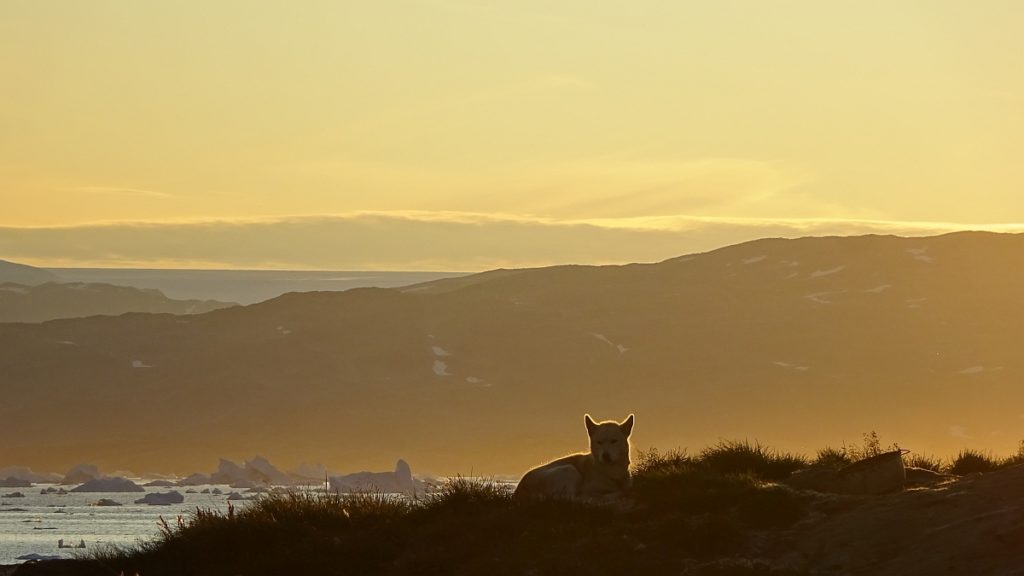
Nevertheless the “settlement tourism” with the authentic settlement experience, is not a destination for a “mass” tourist. But the trend is clear, it’s on the increase. Currently if there are any empty houses going on sale in Tiilerilaaq, they are very much sought after by people from outside. Housing is still needed for locals as many houses are overcrowded, but the villagers can’t afford to buy houses even though the price is ridiculously cheap. It is no exaggeration to say that the village is being sold out in front of their eyes. Obviously the interest of new ownership is in investment and developing tourism, not in living here the whole year round. Since the tourist season is rather short on a settlement, such houses will be standing empty for most of the year. Working in tourism is fun and can bring extra income, so it’s not surprising many want to get a foot in.
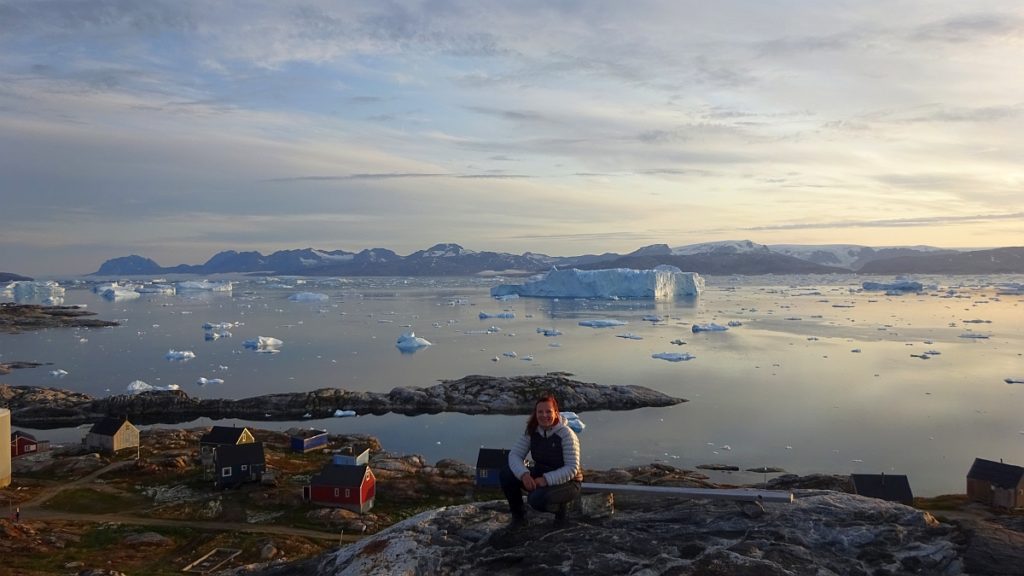
Even occasionally the school receives applications for teacher’s job from guides (!). It’s no secret there is a lack of educated teachers on settlements but children need a dedicated teacher, because people live here all year round and teaching is a full-time job which has nothing to do with tourism. We also had cases of tourists coming to the school and keen to see and photograph the children, here and now and in a hurry, doesn’t matter that teaching was in progress. One wouldn’t do it anywhere else, so why should it be different in Greenland? We started to joke among ourselves that sometimes it feels here like being in a Zoo. That being said, visits to school are possible and visitors are welcome, but it needs to be arranged in advance and for an educational reason.
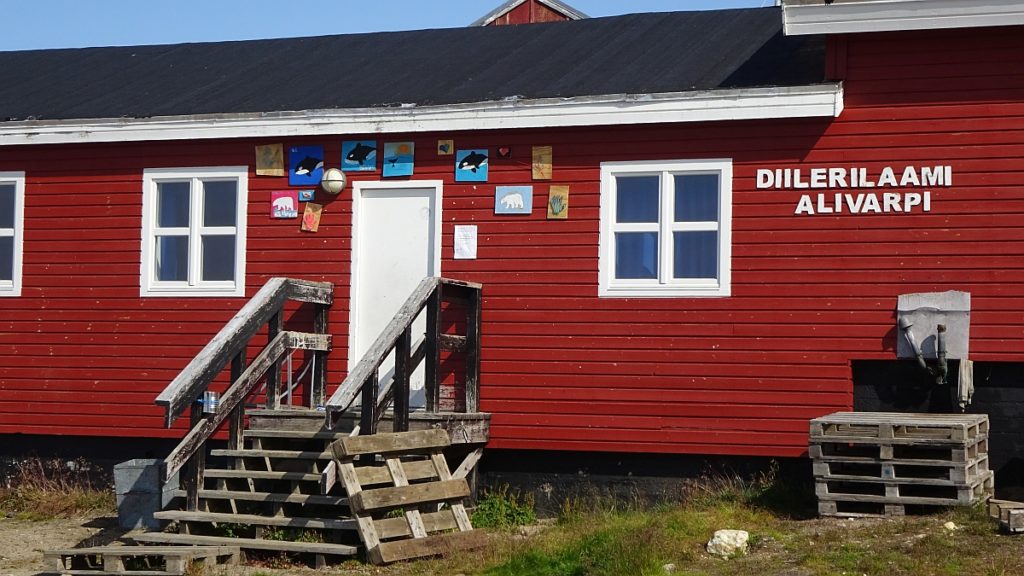
The influence of tourism on local life is unavoidable, what its impact is going to be remains to be seen. Perhaps some years into the future the answer to the question posed by one of the visitors, whether Tiilerilaaq is inhabited the whole year round, will be different. In the view of the emerging tourism, it might be worthwhile to stop and ask some questions. How much time a settlement like Tiilerilaaq has left in its current state? What is the future of a settlement? Will it turn into a summer camp for tourists? Can one stop this process? Do we not have a duty to preserve? There are many people concerned with melting of the icebergs and other people are also concerned with the fact that the old days culture is disappearing. Occasionally we get visits from anthropologists, ethnologists, wishing to witness, collect and preserve this endangered culture, its customs, traditions and the language. This can be done for example by recording what old local people have to say about years bygone. But understandably not every person might want to talk to a recorder in front of them. And not everybody is like old Thomasine was. She was a lively story-teller and made friends with everybody, despite the language barrier. Sadly she passed away last year and it’s like a whole era went down with her.
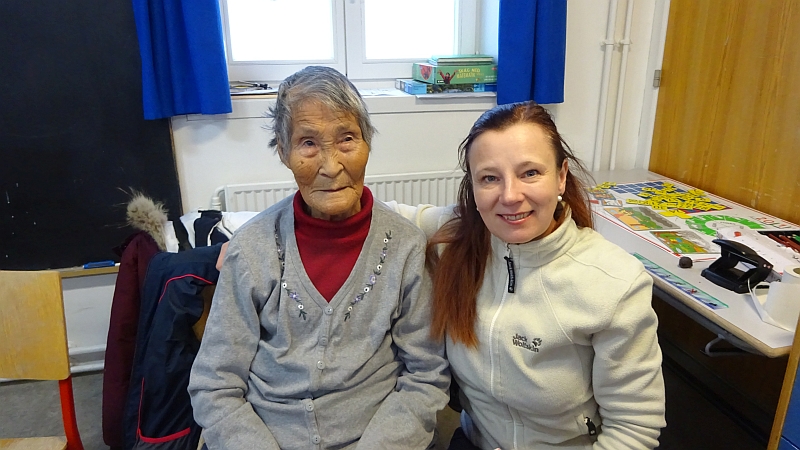



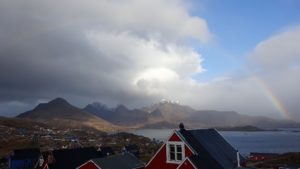
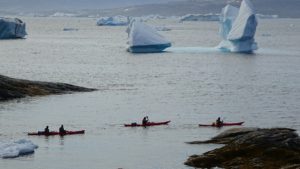

One Response
Very interesting